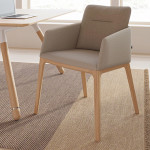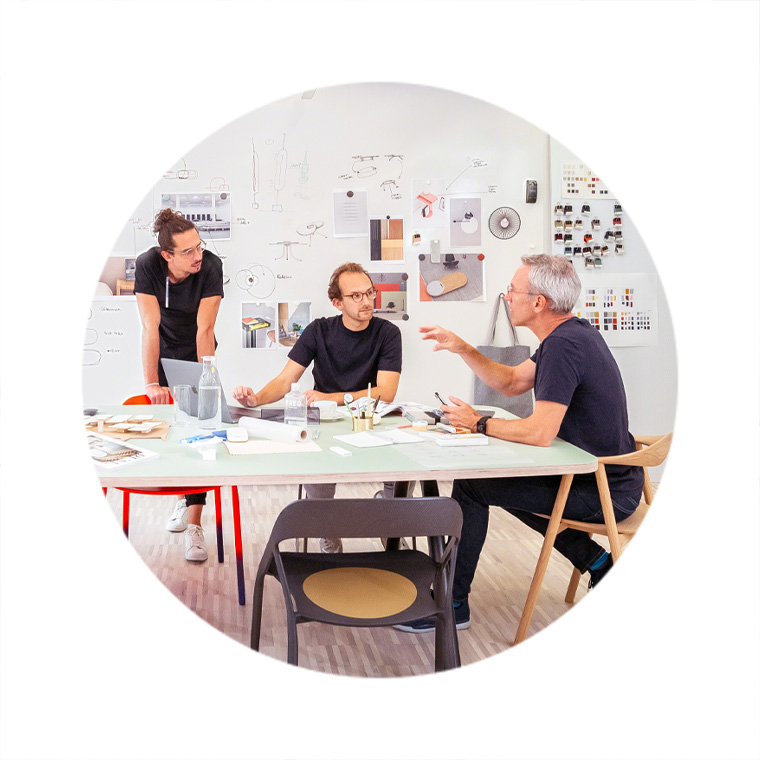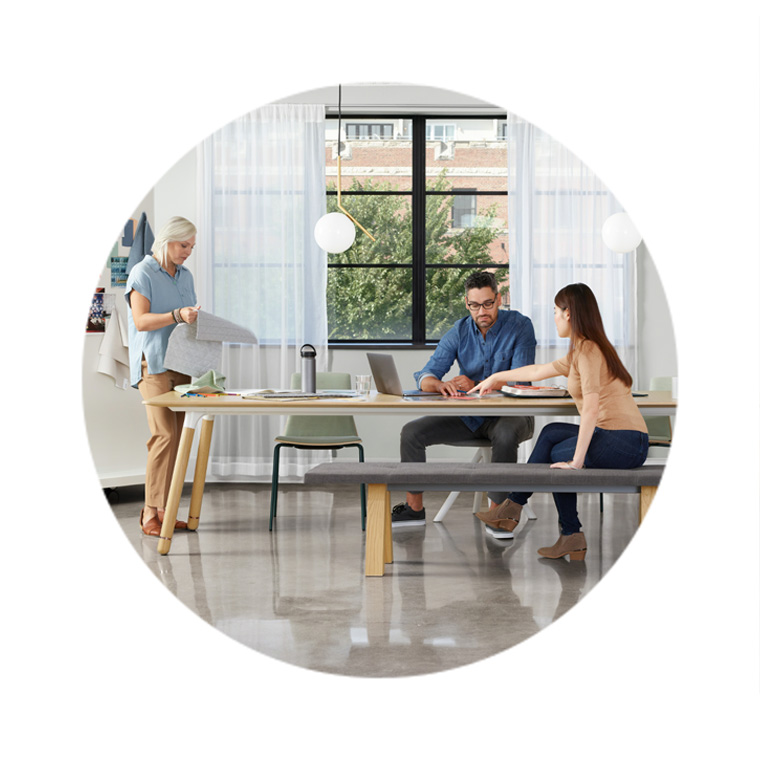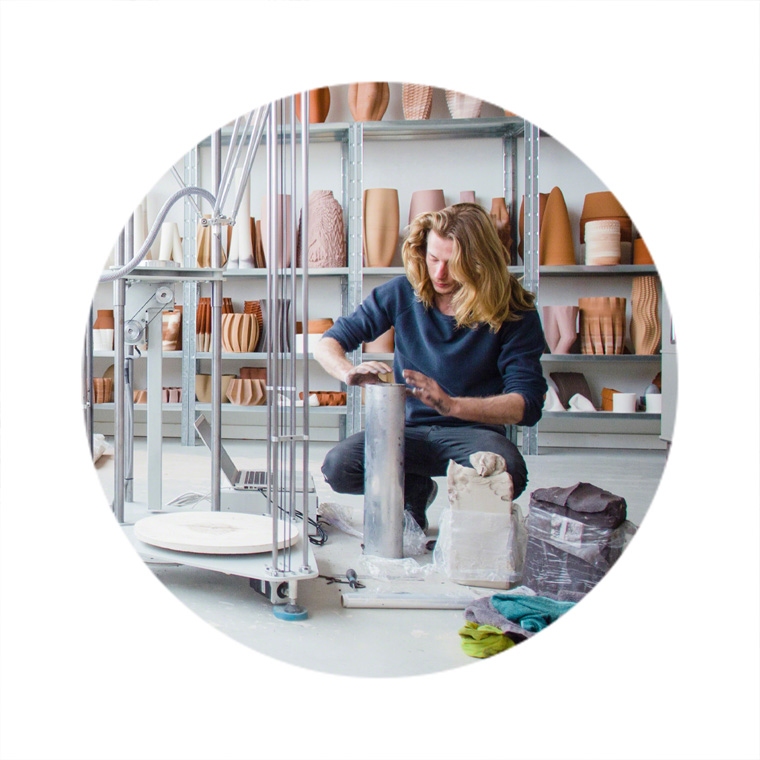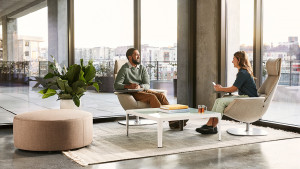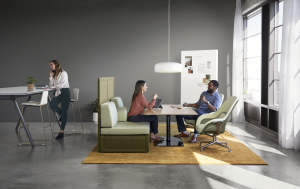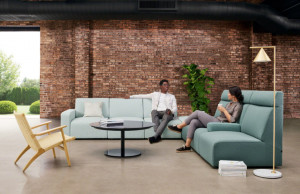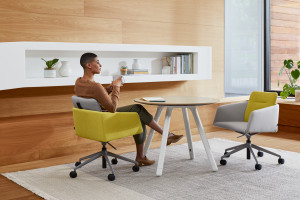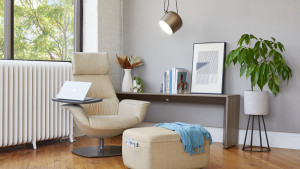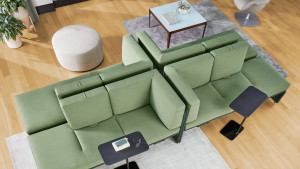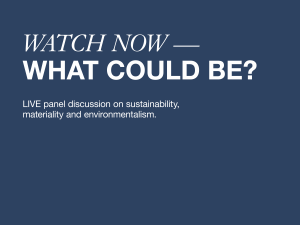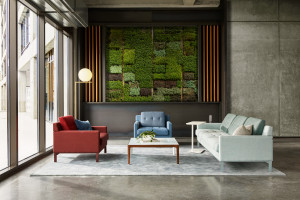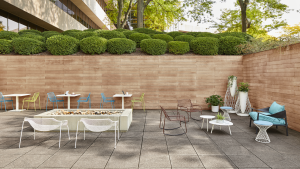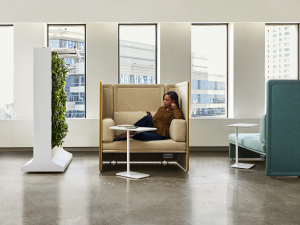Designing for a Multi-Generational Workforce
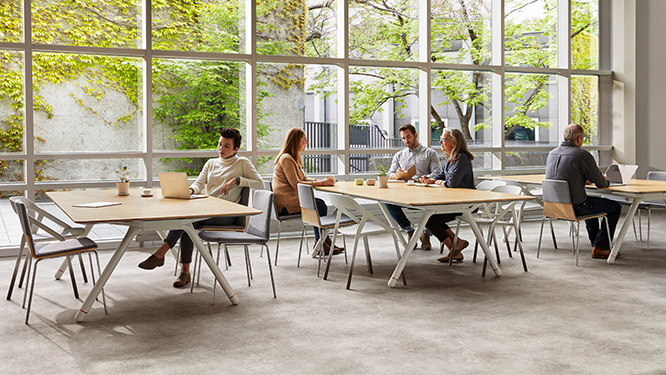
This year, the Pew Research Center reported that Millennials are officially the largest generation in the U.S. workforce, representing about one third of participants. As work becomes more knowledge-based and collaborative than ever, improving communication between generations is essential. In this month’s design news aggregate, we look at how companies are bridging the generation gap through adaptive workplace design.
DIVERSE AGES, DIVERSE NEEDS
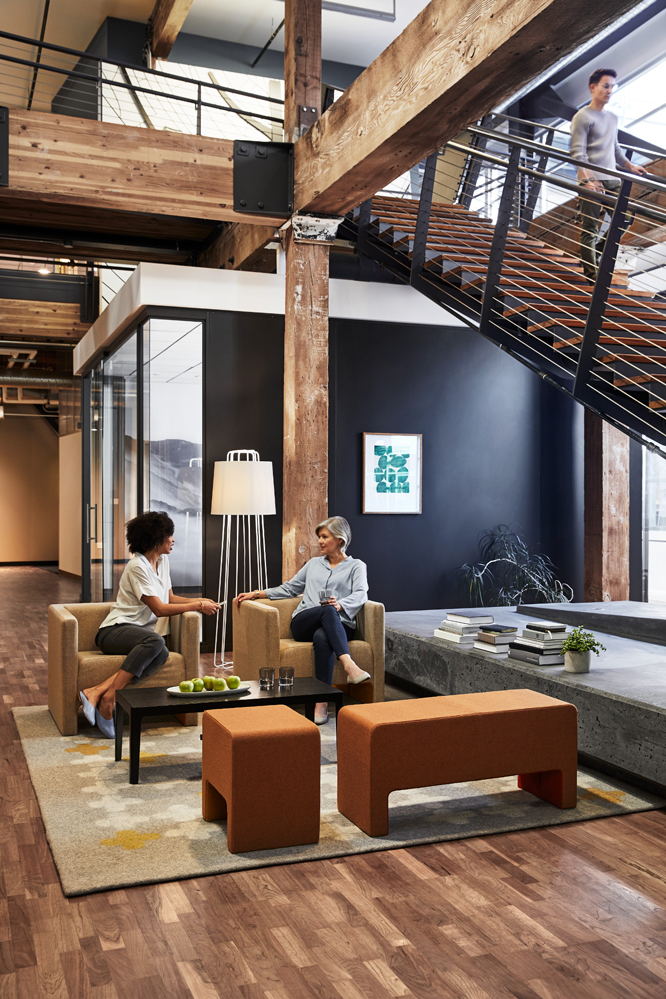 The diverse age groups of the modern workforce have different expectations of a professional environment. Work Design Magazine notes that, “Paired with their fast-paced and on-demand mindset, younger generations look for more freedom and variety in their workspace, while Baby Boomers may feel more comfortable with familiarity and routine.”
The diverse age groups of the modern workforce have different expectations of a professional environment. Work Design Magazine notes that, “Paired with their fast-paced and on-demand mindset, younger generations look for more freedom and variety in their workspace, while Baby Boomers may feel more comfortable with familiarity and routine.”
How can you support new and existing modes of work? Offer diverse environments within the workplace and recognize that different generations have more in common than you might think.
A Steelcase article on Entrepreneur reminds designers that “there is no one size fits all approach to workplace design. By creating a workplace that
brings together people, place and technology, organizations can give people choice and control over where and how they work— something that correlates directly with high workplace engagement and satisfaction.”
Gensler agrees that flexibility is essential, noting that “As a design principle, ‘deliberate improvisation’—the anticipation of diverse behaviors within a set of intentional choices—can facilitate this.”
One element of the workplace that all generations can agree upon is wellness, whether this means bringing the outdoors in with plants for air quality and comfort, or proper lighting essential to happiness . Employees of all ages desire an environment that supports their mental, emotional, and physical wellbeing.
Learn more about wellbeing in our piece on The Shift towards Healthier Workplace Environments.
ECOSYSTEM OF PLACE
Companies are redesigning their physical spaces to offer an ecosystem of place, as described in a recent interview with Steelcase CEO Jim Keane. Ted Moudis Associates created “neighborhoods” to support different physical work modes and to maximize the use of space at IPG UM, transforming a traditional office into an agile workplace.
In the media industry, which is at the center of generational change, Conde Nast’s new Gensler-designed HQ featured in Interior Design emphasizes variation in its café seating and inspirational views. It is a clear commitment, expressed through design, to developing a forward-looking culture that respects its roots.
Of course, the right solutions for cross-generational collaboration depends on the goals and unique tasks of the organization. For example, view the idiosyncratic new workplace designed by London firm alma-nac for It’s The Flash Pack.
THE GEN Z WORKPLACE AND BEYOND
In addition to best serving their current workforce, companies must also keep an eye towards attracting the next generation of talent. Work Design posits that savvy employers will take a cue from universities, where “higher ed leaders are finding that it’s the experience that counts.” Specifically, a “tech-driven” and “free-flowing” experience for students.
Looking even further into the future of work, OnOffice Magazine reports that 65% of primary school kids today will grow up to hold positions that don’t yet exist. While it’s impossible to predict exactly what those new jobs will require from a physical environment, what is clear is that the ideal workplace is, and will continue to be, a constantly-evolving idea.
If you’re interested in learning morning about choice and wellness in the workplace, explore our pieces on Modern Workplace Variety, Biophilic Design, and Workplace Happiness.

